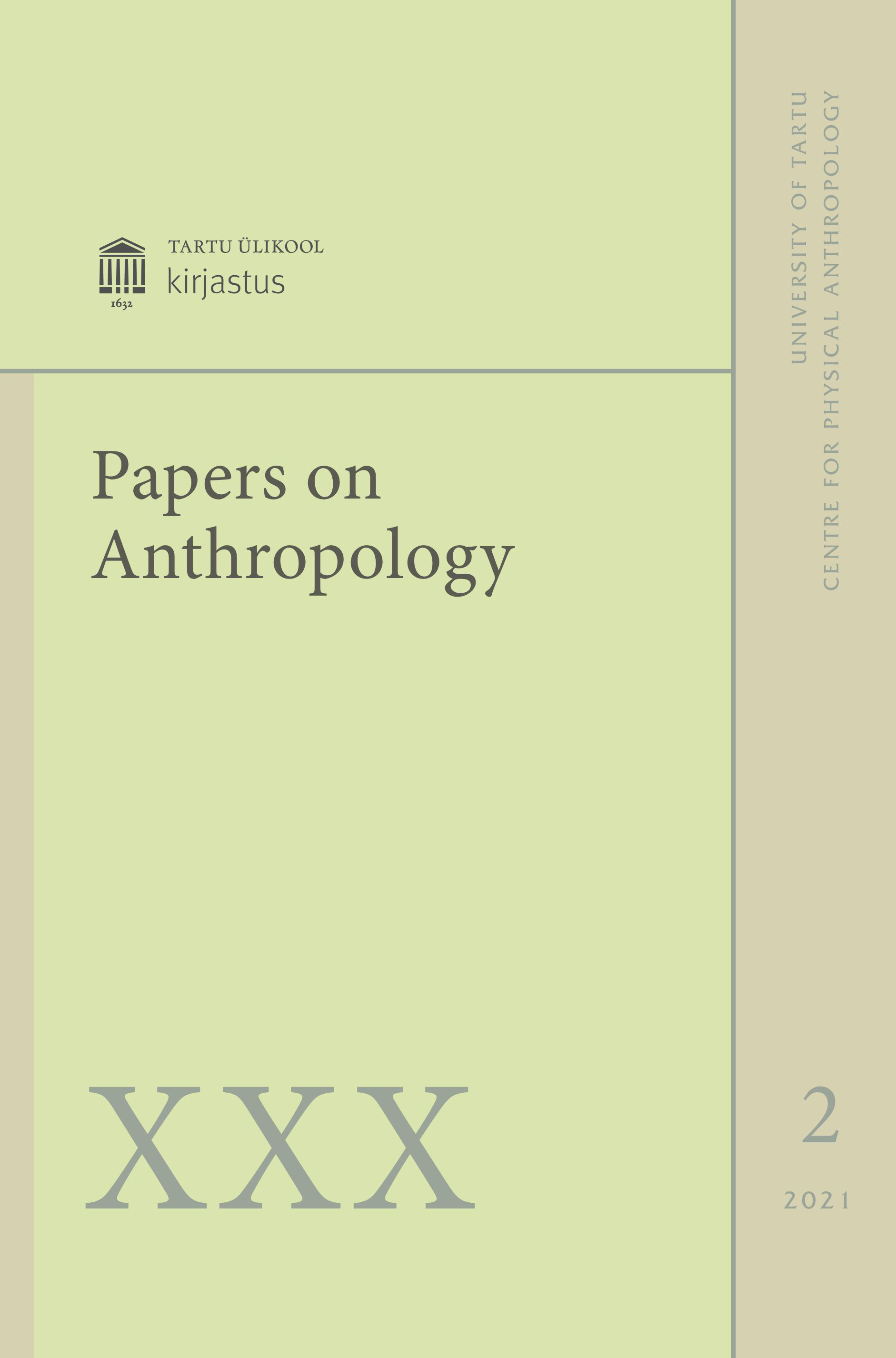Follow-up study about hydration parameters at moderate altitude: Measurements in healthy volunteers based on bio-electric impedance analysis (BIA)
DOI:
https://doi.org/10.12697/poa.2021.30.2.03Keywords:
Bio-impedance analysis (BIA), high-altitude stay, water balance, body compartmentsAbstract
During residence in high mountain regions, the human water hydration status changes and, from the height of ~ 3,000 m above sea level, is associated with the risk of mountain sickness. The present investigation assessed this phenomenon at moderate height (1,300–2,300 m above sea level) after a residence time of approximately one week by means of bioelectric impedance analysis (BIA). 132 volunteers, attendees of a sports medicine congress (78 men, 54 women), agreed to enter the study. All participants underwent BIA measurements initially and after one week’s time. Apart from the basic characteristics – resistance (resistor, R) and capacitor resistor (reactance, Xc) – derived characteristics such as whole body water (TBW), body cell mass (BCM) or extracellular cell mass (ECM) were of interest. Significant changes after the stay in moderate altitude were only verified with regard to hand resistance (R). As the resistance decreased in both men and women, tissue hydration was probably stimulated. In conclusion, the study showed that a 1-week stay at moderate altitude shows only a slight influence on the BIA parameters.

